O. C. Zienkiewicz, R. L. Taylor0750650508, 9780750650502
Table of contents :
Preface to Volume 3……Page 12
Acknowledgements……Page 13
1.1 General remarks and classification of fluid mechanics problems discussed in the book……Page 14
1.2 The governing equations of fluid dynamics……Page 17
1.3 Incompressible (or nearly incompressible) flows……Page 23
1.4 Concluding remarks……Page 25
2.1 Introduction……Page 26
2.2 the steady-state problem in one dimension……Page 28
2.3 The steady-state problem in two (or three) dimensions……Page 39
2.4 Steady state – concluding remarks……Page 43
2.5 Transients – introductory remarks……Page 45
2.6 Characteristic-based methods……Page 48
2.7 Taylor-Galerkin procedures for scalar variables……Page 60
2.9 Non-linear waves and shocks……Page 61
2.10 Vector-valued variables……Page 65
2.11 Summary and concluding……Page 72
3.1 Introduction……Page 77
3.2 Characteristic-based split (CBS) algorithm……Page 80
3.3 Explicit, semi-implicit and nearly implicit forms……Page 89
3.4 ‘Circumventing’ the Babuska-Brezzi (BB) restrictions……Page 91
3.5 A single-step version……Page 93
3.6 Boundary conditions……Page 94
3.7 The performance of two- and single-step algorithms on an inviscid problems……Page 98
3.8 Concluding remarks……Page 100
4.1 Introduction and the basic equations……Page 104
4.2 Inviscid, incompressible flow (potential flow)……Page 106
4.3 Use of the CBS algorithm for incompressible or nearly incompressible flows……Page 110
4.4 Boundary-exit conditions……Page 113
4.5 Adaptive mesh refinement……Page 115
4.8 Slow flows – mixed and penalty formulations……Page 126
4.9 Non-newtonian flows – metal and polymer forming……Page 131
4.10 Direct displacement approach to transient metal forming……Page 145
4.11 Concluding remarks……Page 146
5.1 Introduction……Page 156
5.2 Free surface flows……Page 157
5.3 Buoyancy driven flows……Page 166
5.4 Turbulent flows……Page 174
6.1 Introduction……Page 182
6.2 The governing equations……Page 183
6.3 Boundary conditions – subsonic and supersonic flow……Page 184
6.4 Numerical approximations and the CBS algorithm……Page 186
6.5 Shock capture……Page 187
6.6 Some preliminary examples for the Euler equation……Page 189
6.7 Adaptive refinement and shock capture in Euler problems……Page 193
6.8 Three-dimensional inviscid examples in steady state……Page 201
6.9 Transient two and three-dimensional problems……Page 208
6.10 Viscous problems in two dimensions……Page 210
6.11 Three-dimensional viscous problems……Page 220
6.12 Boundary layer-inviscid Euler solution coupling……Page 222
6.13 Concluding remarks……Page 225
7.1 Introduction……Page 231
7.2 The basis of the shallow-water equations……Page 232
7.3 Numerical approximation……Page 236
7.4 Examples of application……Page 237
7.5 Drying areas……Page 249
7.6 Shallow-water transport……Page 250
8.1 Introduction and equations……Page 255
8.2 Waves in closed domains – finite element models……Page 256
8.5 The short-wave problem……Page 258
8.6 Waves in unbounded domains (exterior surface wave problems)……Page 263
8.8 Boundary dampers……Page 266
8.9 Linking to exterior solutions……Page 268
8.10 Infinite elements……Page 272
8.11 Mapped periodic infinite elements……Page 273
8.12 Ellipsoidal type infinite elements of Burnnet and Holford……Page 274
8.13 Wave envelope infinite elements……Page 275
8.14 Accuracy of infinite elements……Page 277
8.15 Transient problems……Page 278
8.16 Three-dimensional effects in surface waves……Page 279
9.1 Introduction……Page 287
9.2 The data input module……Page 288
9.3 Solution module……Page 291
9.5 Possible extensions to CBSflow……Page 302
Appendix A Non-conservative form of Navier-Stokes equations……Page 304
Appendix B Discontinuous Galerkin methods in the solution of the convection-diffusion equation……Page 306
Appendix C Edge-based finite element forumlation……Page 311
Appendix D Multigrid methods……Page 313
Appendix E Boundary layer-inviscid flow coupling……Page 315
Author index……Page 320
Subject index……Page 328
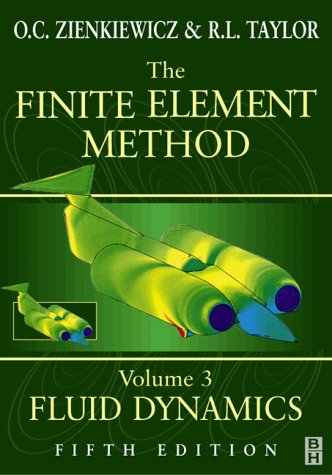
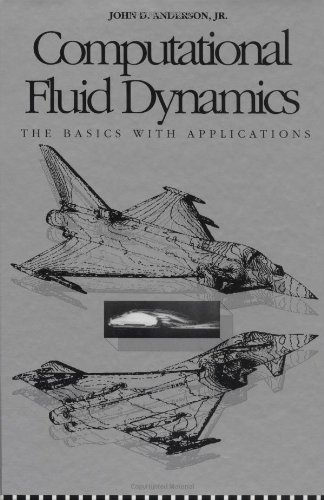

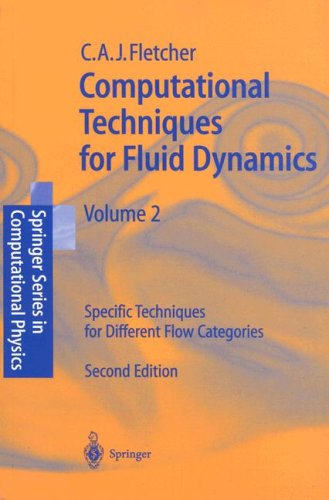
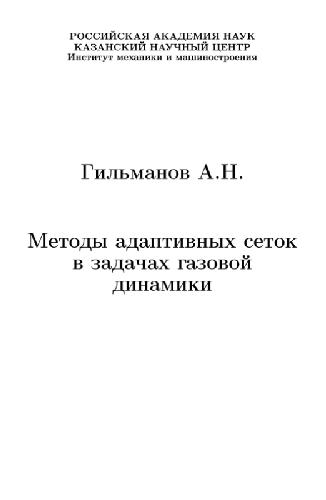
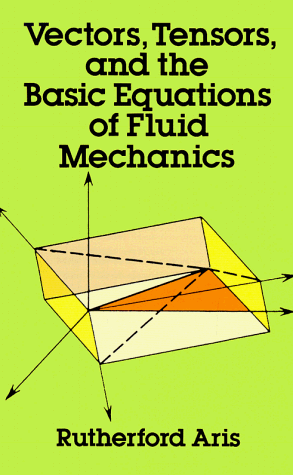
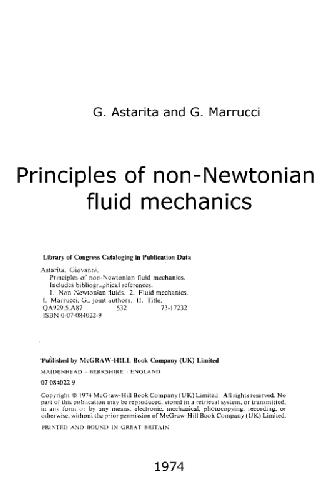
Reviews
There are no reviews yet.